Fireflies
This post was going to be nothing more than an invitation to take a walk through the town where I live, but half way through writing this the week was disrupted by the arrival of a major “heat dome” bringing daily humidex temperatures of 45C. That, coupled with the fact that our garden is full of tall grasses and native plants, brought out the flashing fireflies in numbers we have not seen for some years. Adults have been flying around during the day for a couple of weeks, I imagine we have all seen those, but hard as it was to do, tearing myself away from the CBC evening news to stand on the deck at dusk proved to be worthwhile. Amongst the normal green flashes we are sure we saw some red ones too. Now that could have been a mistake but we both noticed them, albeit not many, and it caused a bit of reading to be done. I can’t find firefly information specific to Quebec but in southern Ontario - the border is no more than a short drive away - there are at least 23 different species of fireflies. This complicates matters no end as I also learned that when it comes to species identification there are not a lot of people working on the taxonomy of the group and what there is in the literature dates back a long way. There are a couple of PhD projects there for any keen young scientist … too late now, but I would have enjoyed taking this on.
Anyway, most of our fireflies are almost certainly the Black Firefly (Lucidota atra) and I just happen to have a photo for you to enjoy. This fellow, who I am sure you have seen in recent days:
I also have what I think, but am not certain, is the Common Eastern Firefly (Photinus pyralis) but nothing like as common as the Black Firefly.
Did you know that Firefly lights are the most efficient lights in the world—100% of the energy is emitted as light. Compare that to an incandescent bulb, which. emits 10% of its energy as light and the rest as heat, or a fluorescent. bulb, which emits 90% of its energy as light.
Anyway … it’s always exciting to go out on hot night in mid-summer heat and watch the flashes of these insects trying to attract a mate.
Fireflies are now generally difficult to identify to species because most existing identification keys are incomplete and poorly illustrated; furthermore, many important keys are in the older primary literature and relatively difficult to obtain. No published monographs or keys specifically treat the northeastern Lampyridae.
Join me on a Suburban Nature Walk
This was to be to sole subject of this week’s newsletter - but then I got distracted.. As one does. Vide supra.
Without sharing exactly where I live all over the internet, I’d like to invite you to come for a short (1.5km) suburban nature walk with me. This is a pleasant route home that I often take from the local library with opportunities for enjoying birds, butterflies, plants and sometimes foxes along the way. The route is all level ground and accessible to most people. It’s too easy to shrug off suburbia as having little to interest the naturalist, but that is not necessarily so. We are fortunate here to have an extensive tree canopy and larger than normal (which is not the same as actually being large) gardens, so wildlife at least has a chance to pass its days around us if we make it welcome.
Apart from the chance to exercise, the point of this walk is to demonstrate that nobody has to travel far to find a surprisingly rich biodiversity.
Let’s start walking - best foot forward
We are just beside the small town library, on the lakeshore - the lake actually being simply a considerable widening at this point of the St-Lawrence River. From our shore, skimming past the east side of Ile Perrot, it is 9.7 km (6 mi) to the southern bank of the river. It’s not considered to be one of the great rivers of the world for nothing. This can be a fine place to see ducks and geese in passage, Herons, Egrets, sometimes Loons and overhead flying raptors … especially during spring and fall migration.
There is a gentle path leading from the library towards an old farmhouse that today serves as a community centre. Part way up the slope is a small, wooded area (#3) that is carpeted in early spring by scylla, Sanguinaria and other seasonal forest floor species of plants. The tangle of trees is very dense and a good place to seek out birds. You won’t often anything particularly rare, but Blue Jays, perhaps Waxwings, various species of Sparrows and Vireos, maybe a Great Crested Flycatcher, Northern Flickers, Pileated Woodpeckers. There are rabbits skunks, chipmunks on the ground and somewhere in there foxes are to be found.
From the community centre we enter a small park and ahead of us in a corner of which we can see a volunteer-run garden and small orchard that grows fresh produce for local food banks - the white in the photo below is row covers over beds of peppers and aubergines. Even a relatively prosperous town such as this has a need for such facilities these days. The garden is not fenced, other than as some protection against rabbits, and if the volunteers are there they will welcome you to look around. Last year it grew and donated some 2.5 tons of vegetables worth over $16,000. The fruit trees are still too young to bear much fruit but this year it begins to look as if they ay finally come into their own - the blossom a month ago was splendid. Apples, pears, cherries, apricots, amelanchier (the birds love those) for example. This can a good place to see overflying raptors including Bald Eagles in passage as they often choose to cross the river hereabouts.
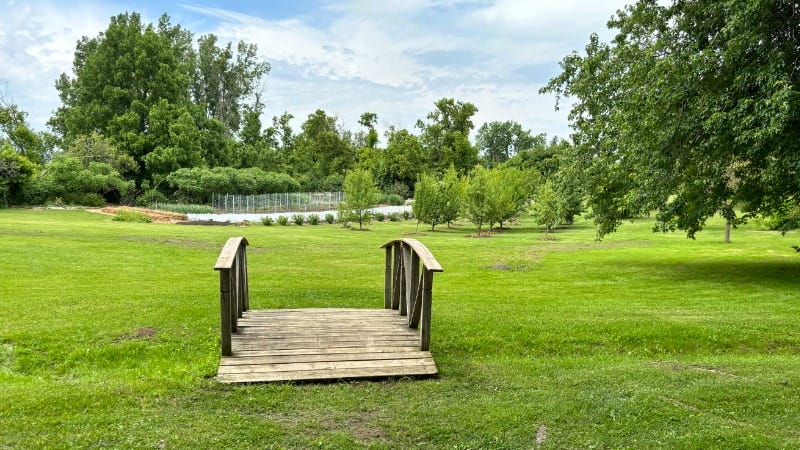
The trees behind the garden contain lots of birds including a loud Catbird that every year comments stridently on nearby activities, while remaining hard to see. Rabbits and certainly foxes den in there - rabbits attracted by the produce being grown for meals and foxes by the rabbits - also for meals. Woodpeckers of several species are there as you would expect, some Crows nest in the trees and not far away in recent years there have been nesting Ravens. Look for Merlins, Sharp-shinned and Coopers Hawks too - all species that exploit the mature trees.
Plants are limited in number as the bulk of the park is mown by the town. On the other hand after the considerable loss of trees in the past few years to Emerald Ash Borer welcome efforts have been put in by town and volunteers to plant replacement native trees, including various species of maples and oaks. Future generations will be able enjoy those anyway - as well as the birds and insects they attract.
At both the northern and southern ends of the garden, we can pass through the belt of trees and enter a lengthy green area that will never be developed as it is under a servitude held by Hydro-Quebec. Older residents have told me that when they were young it was a field of grasses and wild flowers in summer and there was a vernal pool at one end, but the town changed that and for a long time it has been mown. However, in the last few years three experimental areas have been either left unmown to see what grows naturally or else have been sown with wildflower seeds … early days but showing promise and if successful maybe one day the “servitude” will be rewilded again. Last year young, native trees such as various species of oaks, maples and birch were planted in this area and while my generation will not see them reach full maturity we hope they will be there for many years to come. Some have a potential lives of several hundred years (climate change permitting).
The mature trees along either side of the servitude back onto private gardens and screen them from view. Under the trees there is a good mixed selection of native wild plants and some garden escapees. There is also too much buckthorn! The trees and the unmown areas are worth paying attention to, not just for birds but for various insects including native bees and butterflies. There is milkweed here, and so Monarch butterflies can be expected.
** Earlier this morning on my other newsletter (Whilst Out Walking) I shared some brief commentary about one of these unmown plots and added a few photographs. Should you be interested you can check it out at …
** A friend who grew up in the town but no longer lives here saw the post linked to above and commented “Interesting to see this former right of way returning to the way it was in the 60's, with some better sense of what it could develop into.”
Let’s pause to gather breath
Half-way through the walk, please forgive me, but I am going to take a short break to mention to you “The Book”. Gather round. The title is 1001 SPECIES: A NATURAL HISTORY OF A SMALL TOWN and it is about Biodiversity on the outskirts of a major Canadian city … Montreal, of course. It isn’t a traditional field guide, there are already plenty of those, but rather an overview, an introduction, an annotated catalogue if you will, of the widely diverse range of plant and animal species that are known to found in, and within a short distance of, a small suburban town. Many of them can be found in our own gardens. You might be surprised to discover what is living outside your front door.
No hard sell. If you are reading this in your browser or on the Substack app there is a link in the menu bar at the top pf the page. If you received this post by email then here’s the link: https://1001species.substack.com/p/1001-species-the-book That will tell you all you need to know. Important: I make no profit from this which is available at cost only
Now, back to our stroll … beginning by taking note of this beautiful, but non-native, European Skipper Butterfly.
… and this very much native, gorgeous Ichneumon Wasp
It’s always worthwhile poking about under the trees on the margins. Mature trees shed branches which if left to lie outside will soon start to decay and become inhabited by fungi such as this … I think is one of the Mycena fungal species. Fascinating things fungi, and often quite beautiful.
We have come to the top of the servitude strip and met a residential road. Opposite is a school and a playing field, both with more mature trees along the edge, but we will turn left here and walk for another ten minutes past a diverse collection of front gardens. Almost all with fine trees providing shade and opportunities for birds to nest. Look out for Merlins that nest in the tops of some of the trees hereabouts. Look up too, as there are often larger birds flying over, including Turkey Vultures.
In ten minutes or so another small park (John Weir Park) is on our left. This has some children’s play equipment at one end and is backed by a strip of trees through which runs a narrow stream, just a few feet wide. These are mostly old trees where a lot of nesting goes on in summer - species of Woodpeckers including the magnificent Pileateds, Sparrows, Vireos, sometimes Coopers or Sharp-shinned Hawks. A few years ago citizens planted a selection of native trees along the edge of the mini-forest (sponsored by the town and Canadian National Rail). They are establishing themselves but sadly have been infiltrated by buckthorn. Interesting to poke about in there to see what woodland plants are to be found - but watch for poison ivy.
And here the short walk ends - I live just around the corner and you are welcome to join me for a cup of tea or a cold beer. There will have been plenty more creatures and wild flowers etc in the gardens we have passed because, of course, in these days of habitat degradation and loss our gardens are becoming an important nature reserve in their own right … provided we let at least some corners go wild and don’t take the chainsaw to to the old trees.
“This is one of the blessings of the urban nature project: without the overtly magnificent to stop us in our tracks, we must seek out the more subversively magnificent. Our sense of what constitutes wildness is expanded, and our sense of wonder along with it.”
― Lyanda Lynn Haupt
A friend (thanks Mika) provided this picture of a magnificent fly. Took some digging to get down to species, but it has been independently confirmed as Cuterebra abdominalis which parasitizes Eastern Cottontail rabbits. Bot flies are really rather horrible so I have provided a link below for those of a strong disposition wishing to know more. Jolly interesting.
https://wcvm.usask.ca/learnaxcboutparasites/parasites/cuterebra-species-rabbit-bot.php
Something I relate to:
... lately, I’ve been focusing more on being a well-rounded naturalist versus a bird chaser. The world has too few naturalists these days. Deeply observing and enjoying the whole of nature, and extracting meaning through direct observation, hasn’t been as en vogue since the days of Henry David Thoreau and Aldo Leopold ... We have all benefitted from contemporary naturalists like Attenborough et al ... but a wholistic reverence for the natural world seems to be (too often) treated like an idyllic throwaway from centuries past.
Taken from …
Pesticides and Insect Loss
No great surprises in this article, just a call to action really … another nail in the coffin. Article from the UK but it’s happening here too.




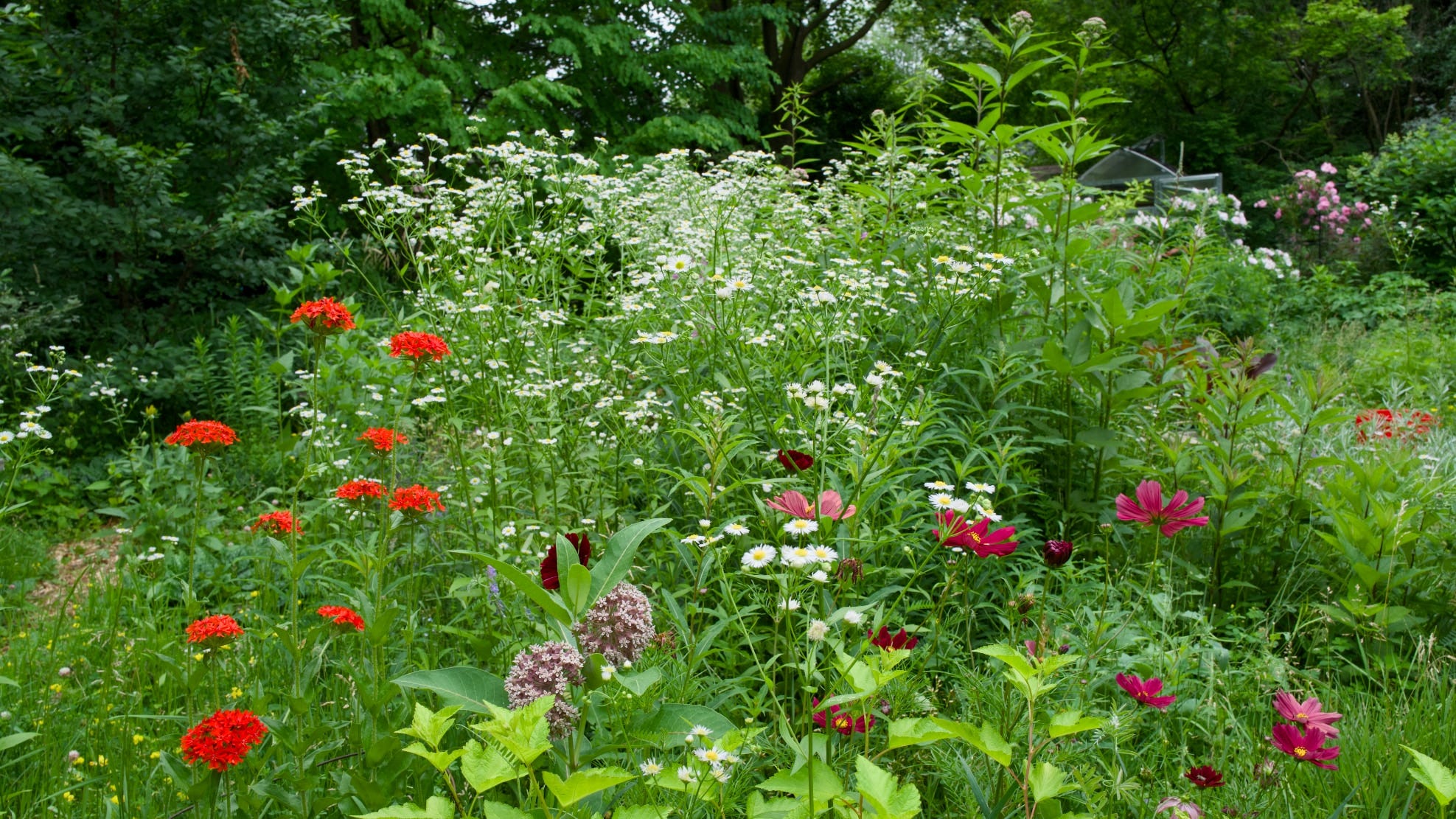
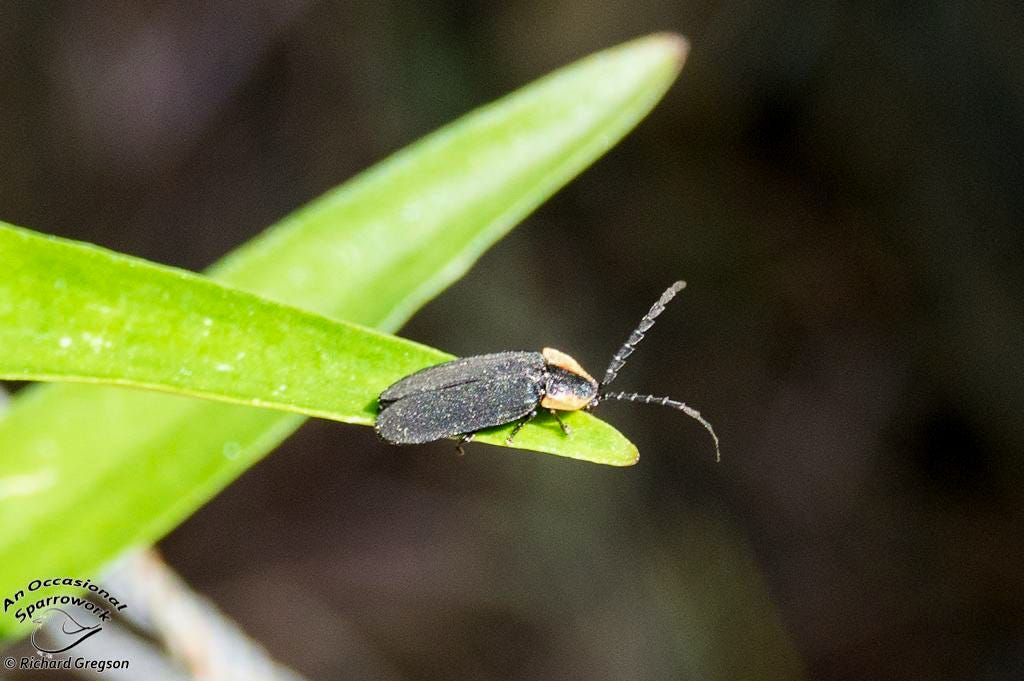
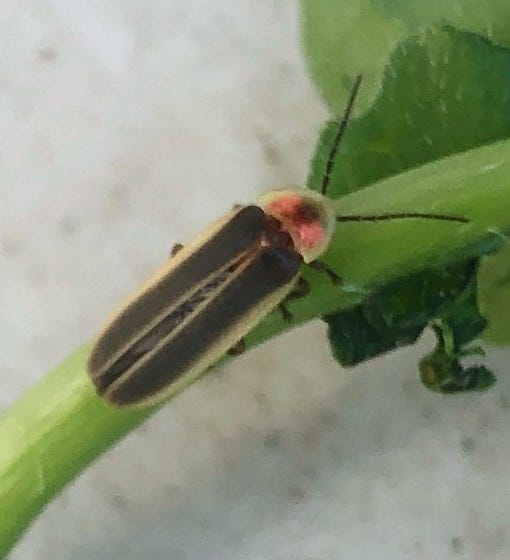
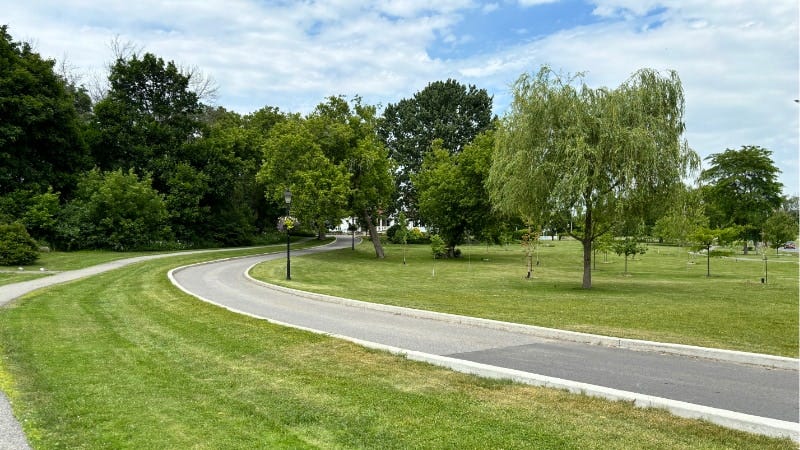
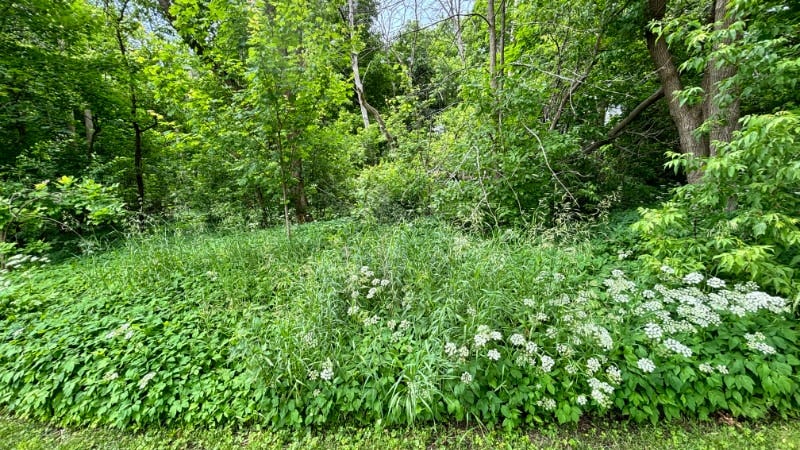
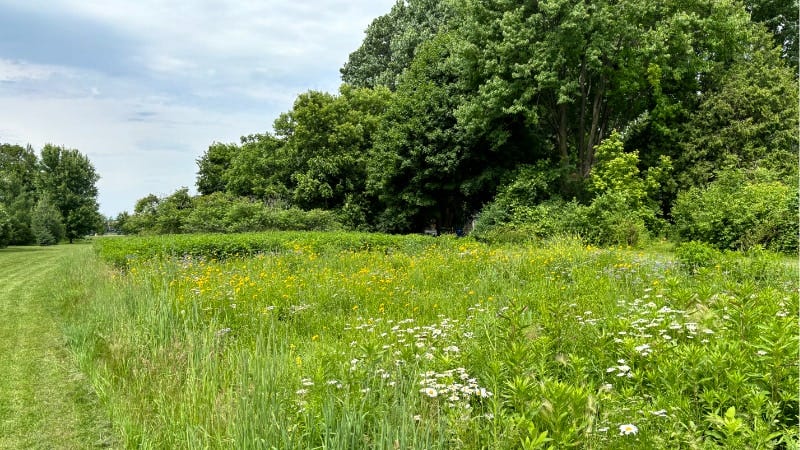
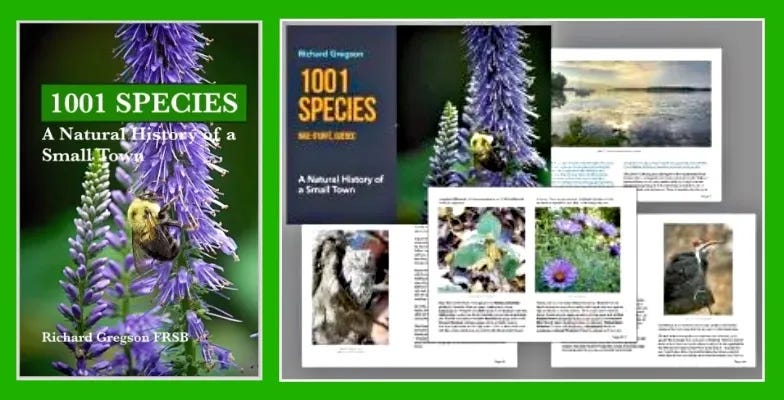

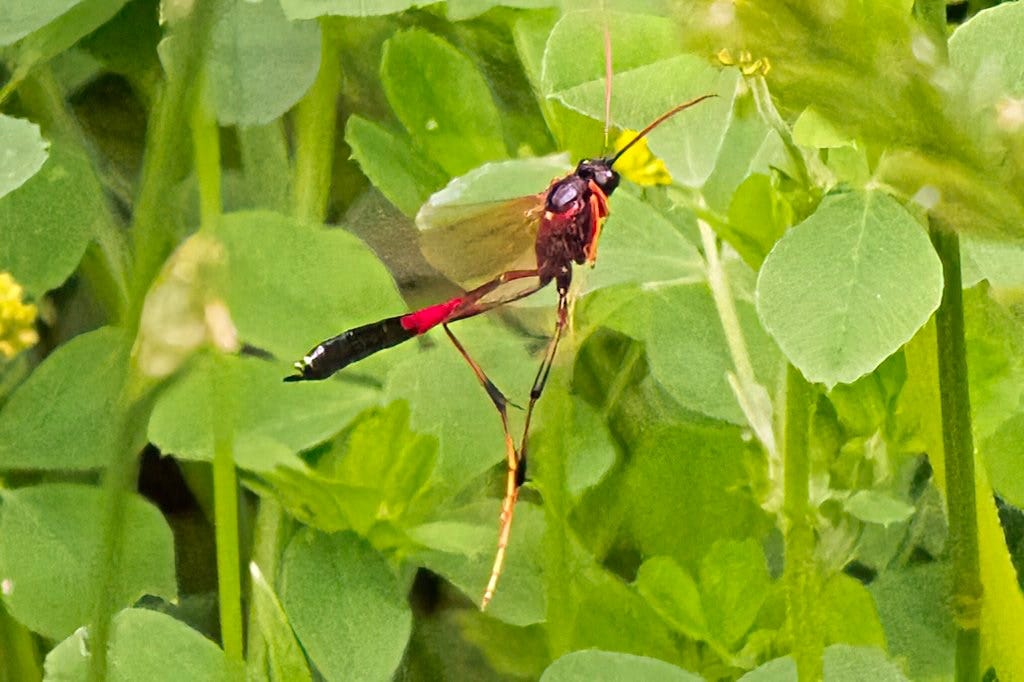
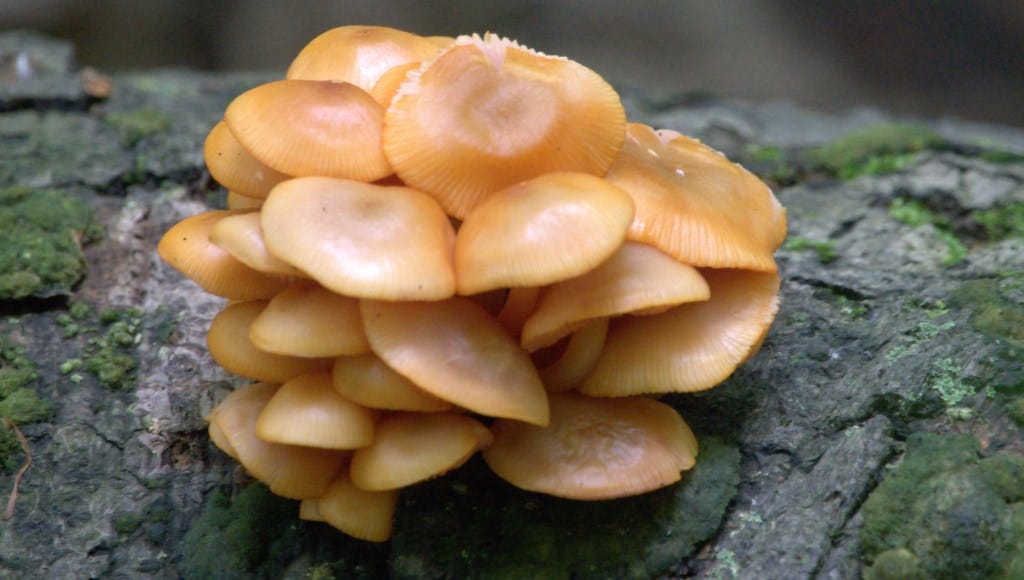

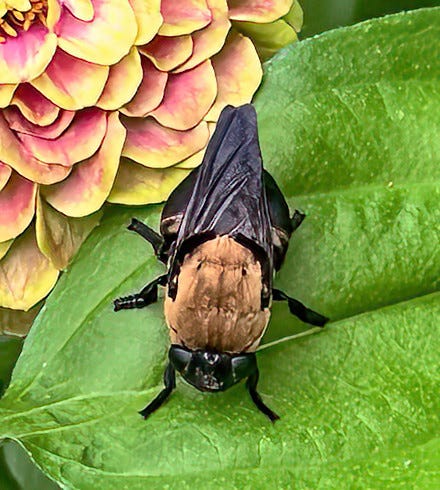

Looks like a lovely walk, wish I could join you
Interesting and Delightful, at the same time, educational reading! Thanks Richard ‘et très apprécié!’